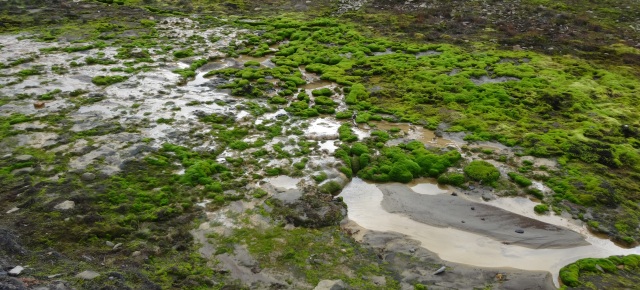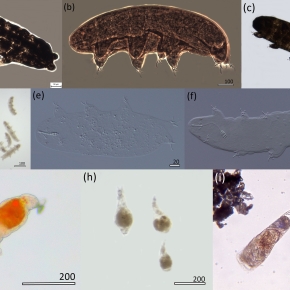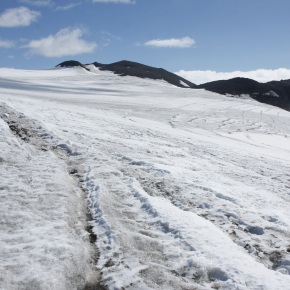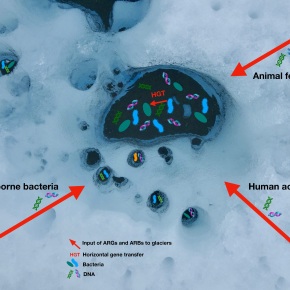Hidden microworld – anoxic zones on the surface of glaciers (Ukryty mikroświat – strefy bez tlenu na powierzchni lodowców)
So far, the surface of glaciers was regarded as only aerobic zones due to high biomass and production of algae. On the white surface of ice shimmering in the sunlight we can see dark wind-transported dust, cryoconite holes (water-filled depressions in the ice with dark sediments on their bottom), sometimes ponds, cracks or wells. Would …












